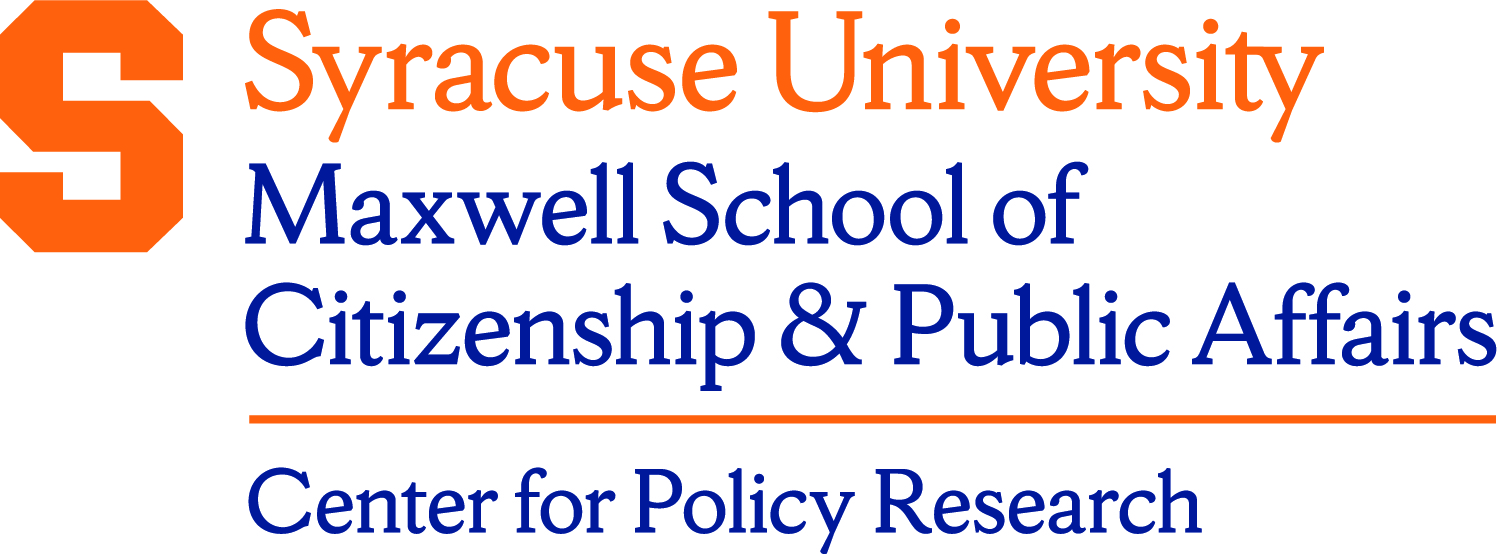Description/Abstract
While advocates argue that gentrification changes the neighborhood food environment critical to children’s diet and health, we have little evidence documenting such changes or the consequences for their health outcomes. Using rich longitudinal, individual-level data on nearly 115,000 New York City children, including egocentric measures of their food environment and BMI, we examine the link between neighborhood demographic change (“gentrification”), children’s access to restaurants and supermarkets, and their weight outcomes. We find that children in rapidly gentrifying neighborhoods see increased access to fast food and wait-service restaurants and reduced access to corner stores and supermarkets compared to those in non-gentrifying areas. Boys and girls have higher BMI following gentrification, but only boys are more likely to be obese or overweight. We find public housing moderates the relationship between gentrification and weight, as children living in public housing are less likely to be obese or overweight.
Document Type
Working Paper
Date
1-2022
Keywords
Gentrification, Food Environment, Childhood Obesity, Public Housing
Language
English
Funder(s)
National Institutes of Health
Funding ID
R01HD070739, R01DK097347, R01DK108682.
Series
Working Papers Series
Acknowledgements
The authors would like to thank the New York City Department of Education, the New York City Department of Health and Mental Hygiene, Jeremy Sze, Meryle Weinstein, Giuseppe Germinario, Courtney Abrams, Eric Zhou, and Brian Elbel for providing data and support.
Disciplines
Economic Policy | Economics | Public Affairs, Public Policy and Public Administration
ISSN
1525-3066
Recommended Citation
Rick, Christopher; Han, Jeehee; Shanholtz, Spencer; and Schwartz, Amy Ellen, "The Link Between Gentrification, Children’s Egocentric Food Environment, and Obesity" (2022). Center for Policy Research. 378.
https://surface.syr.edu/cpr/378
Source
Local input
Creative Commons License

This work is licensed under a Creative Commons Attribution 4.0 International License.




Additional Information
Working paper no. 245